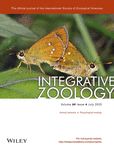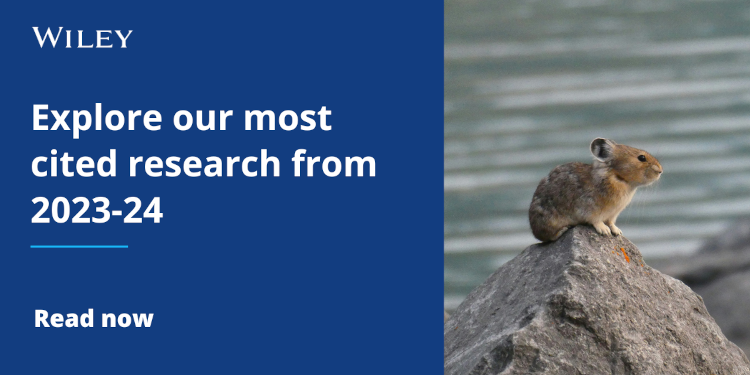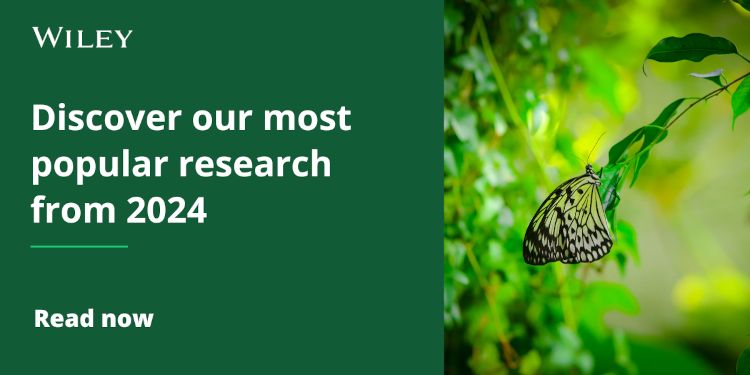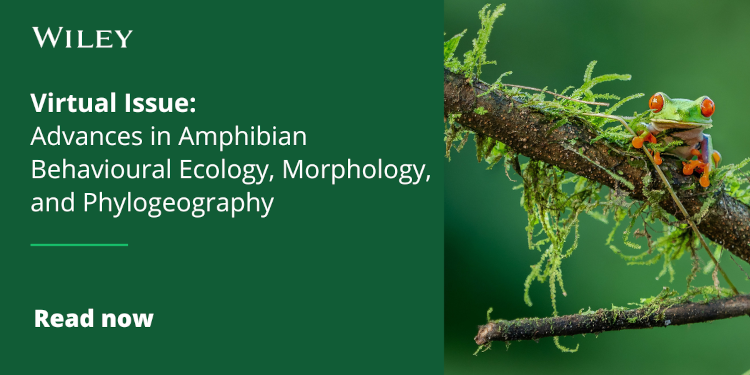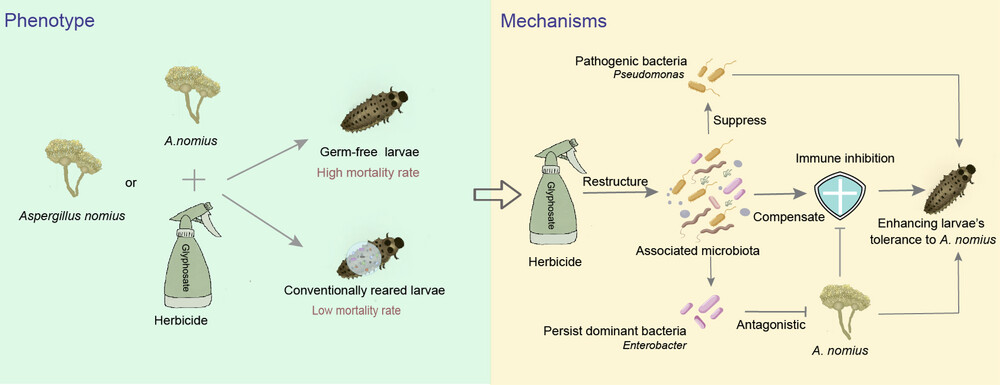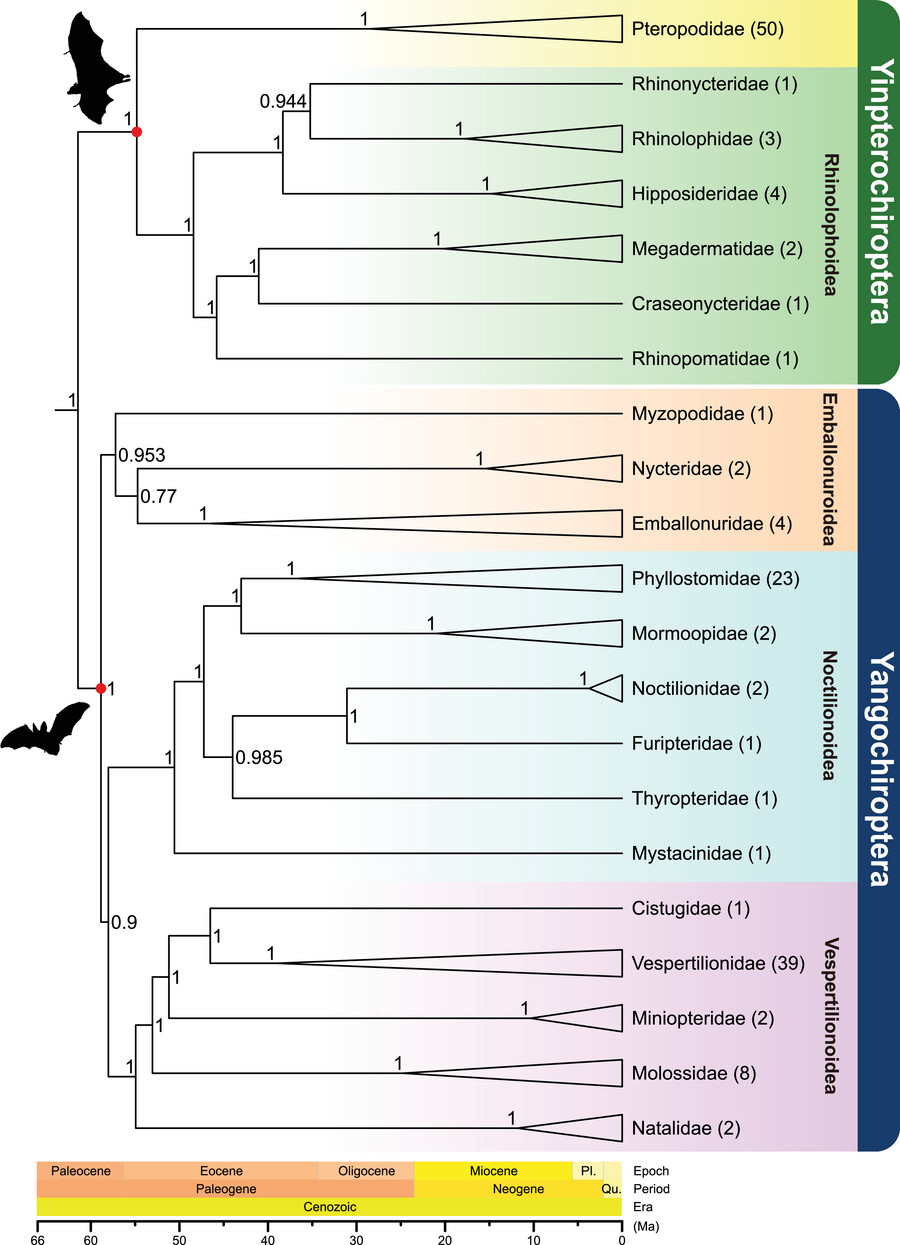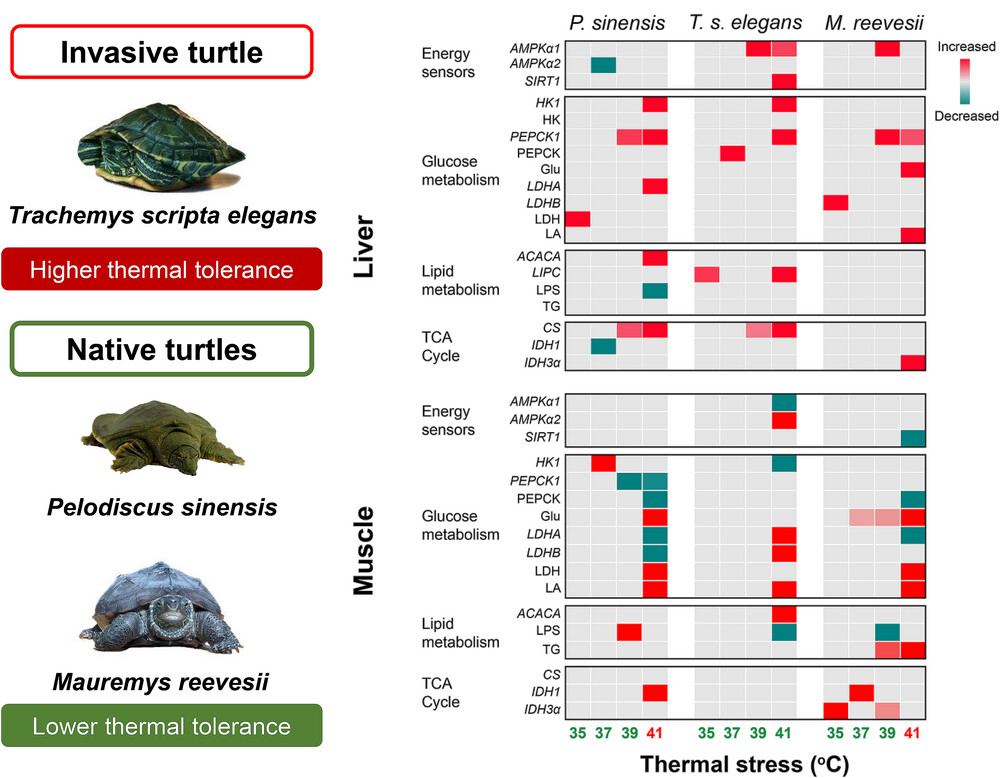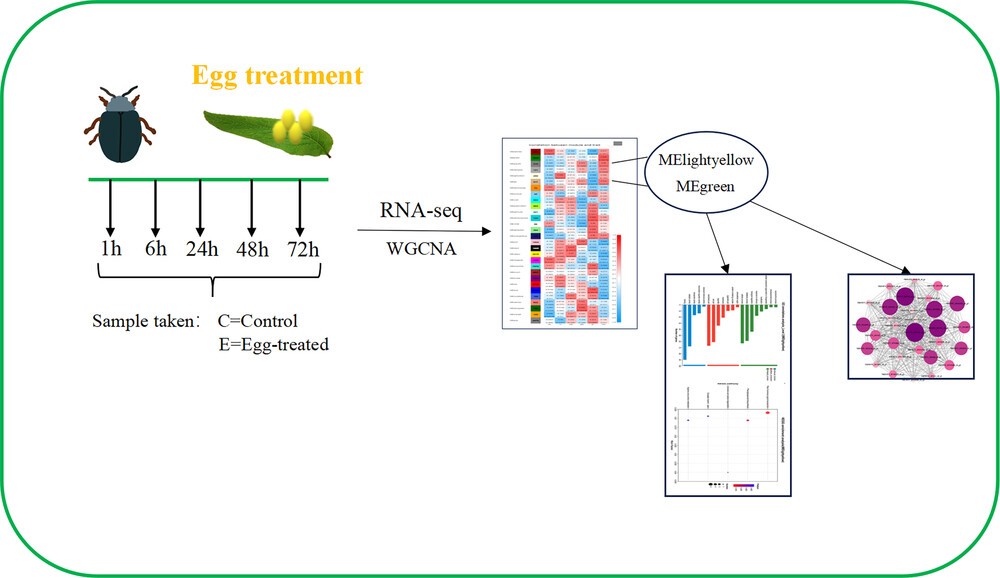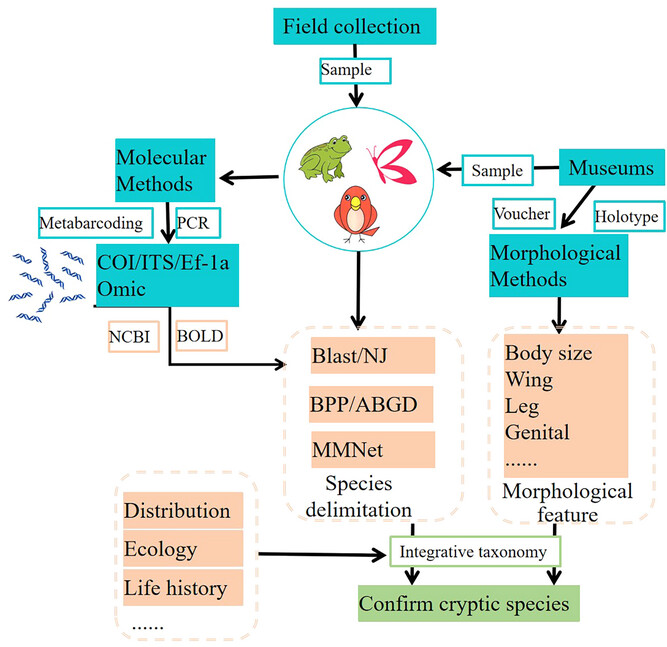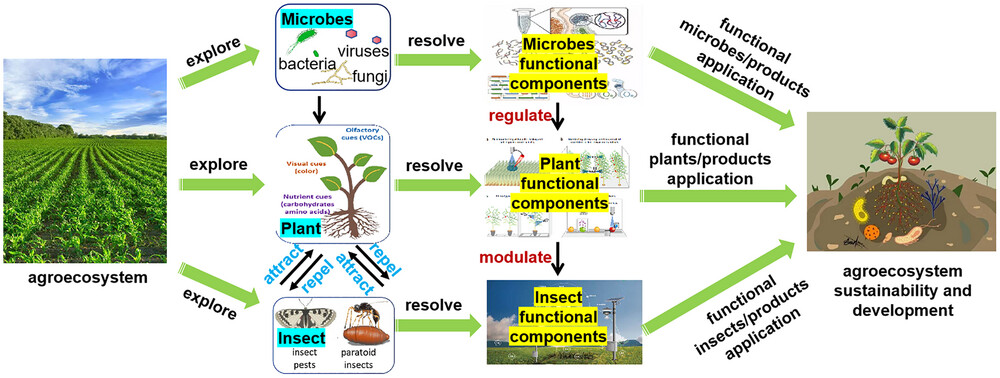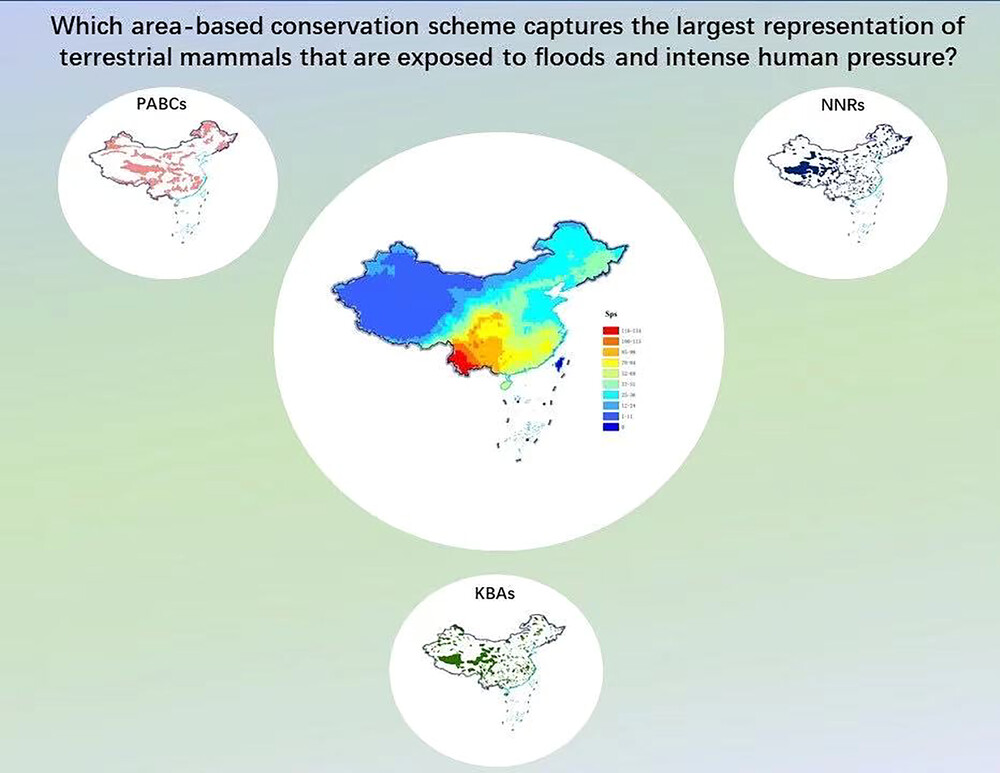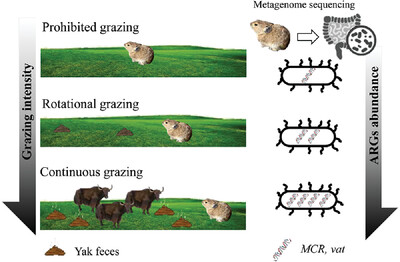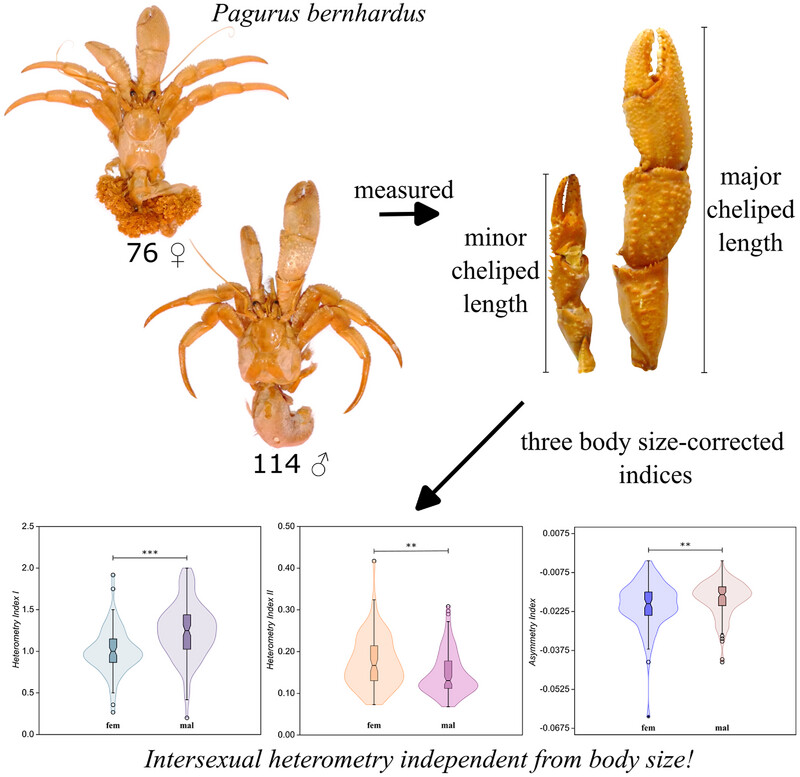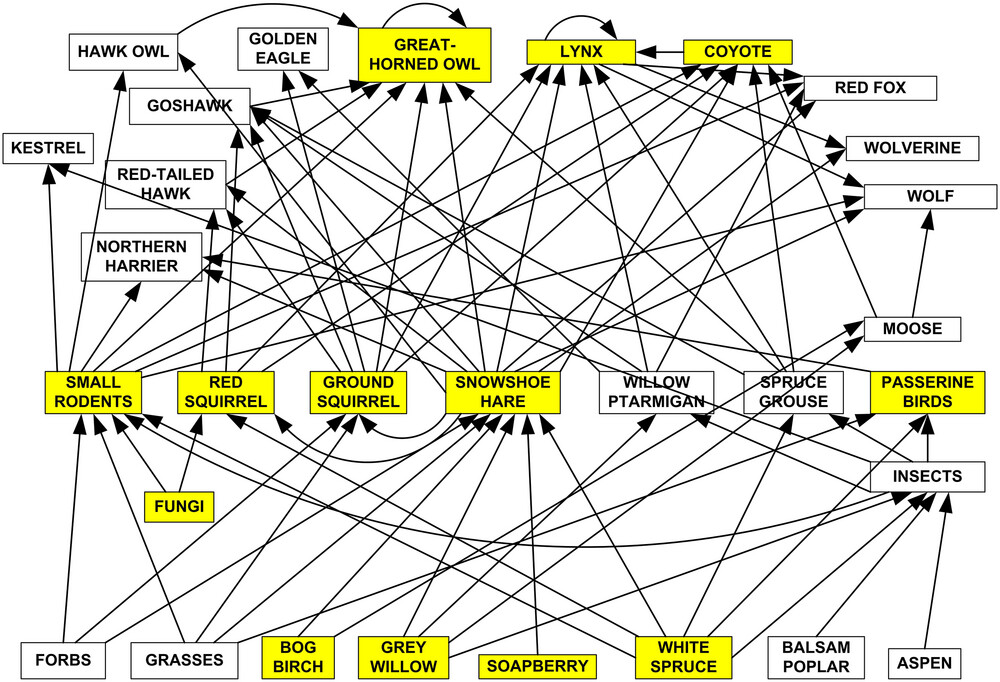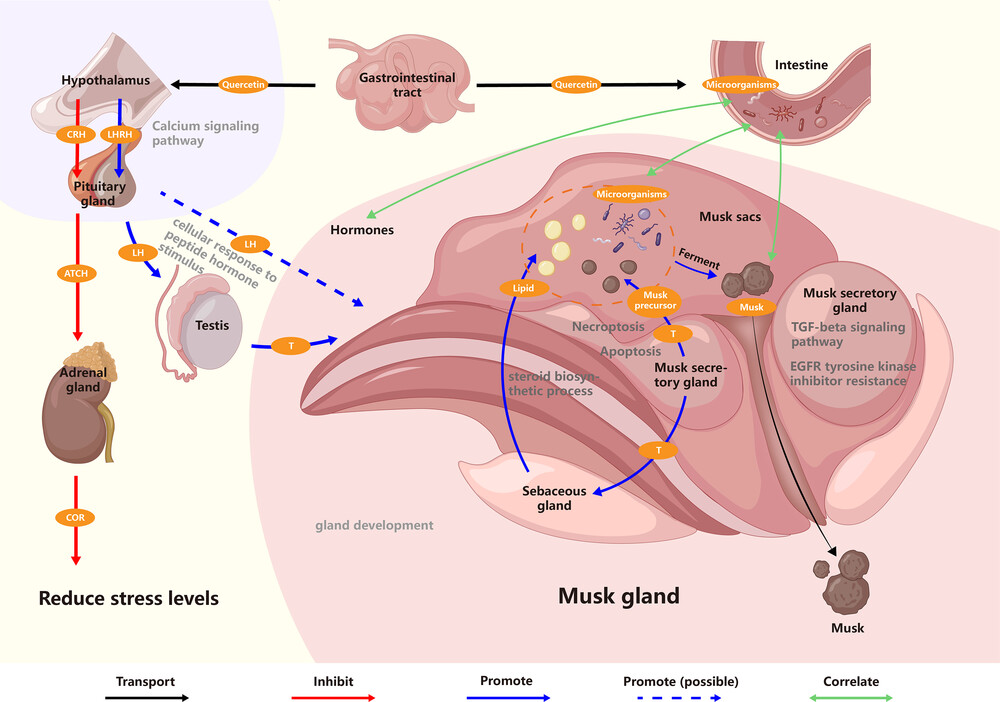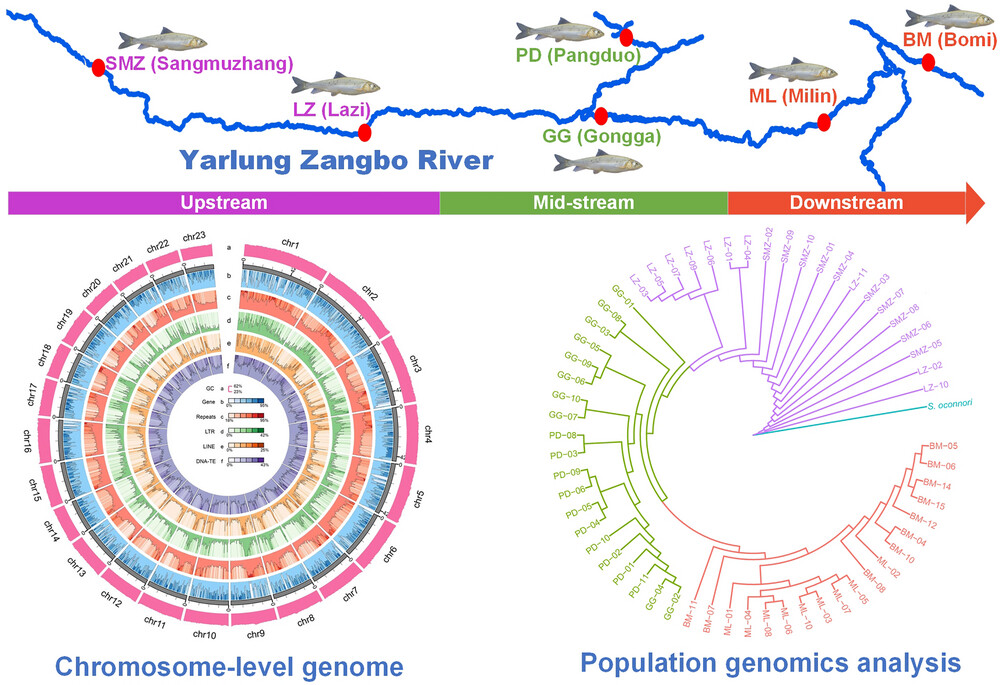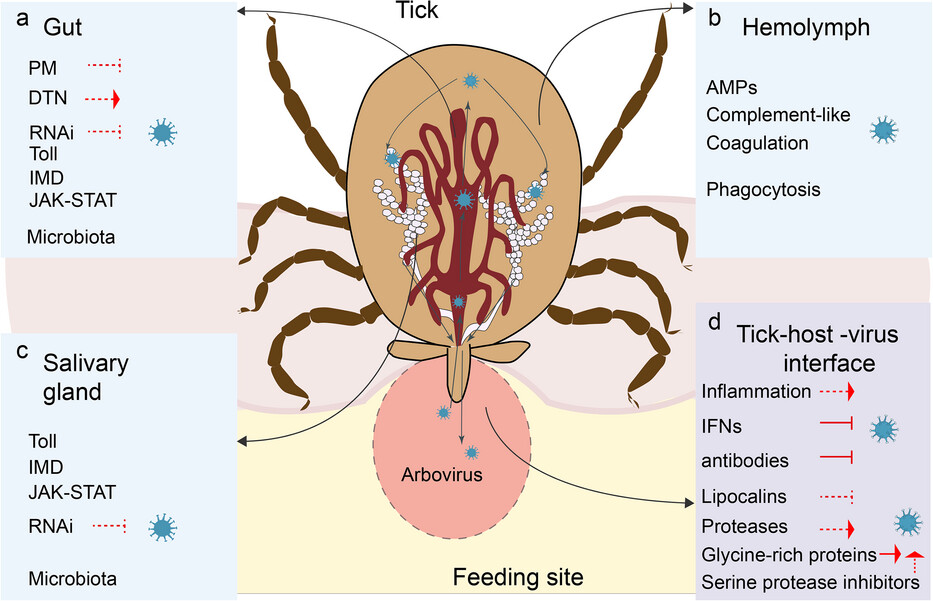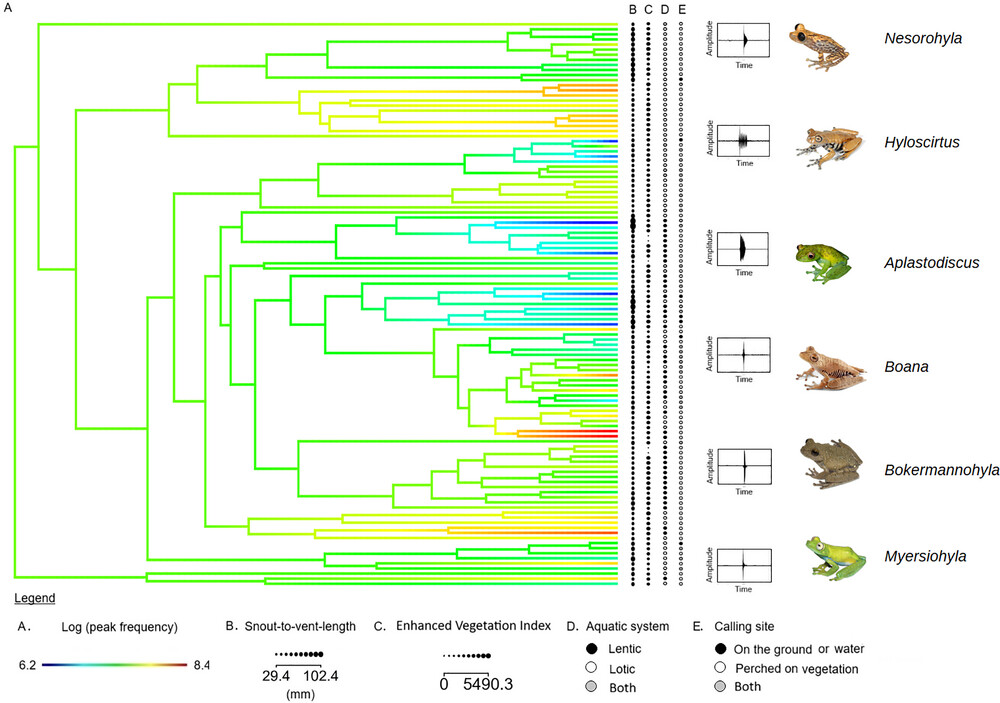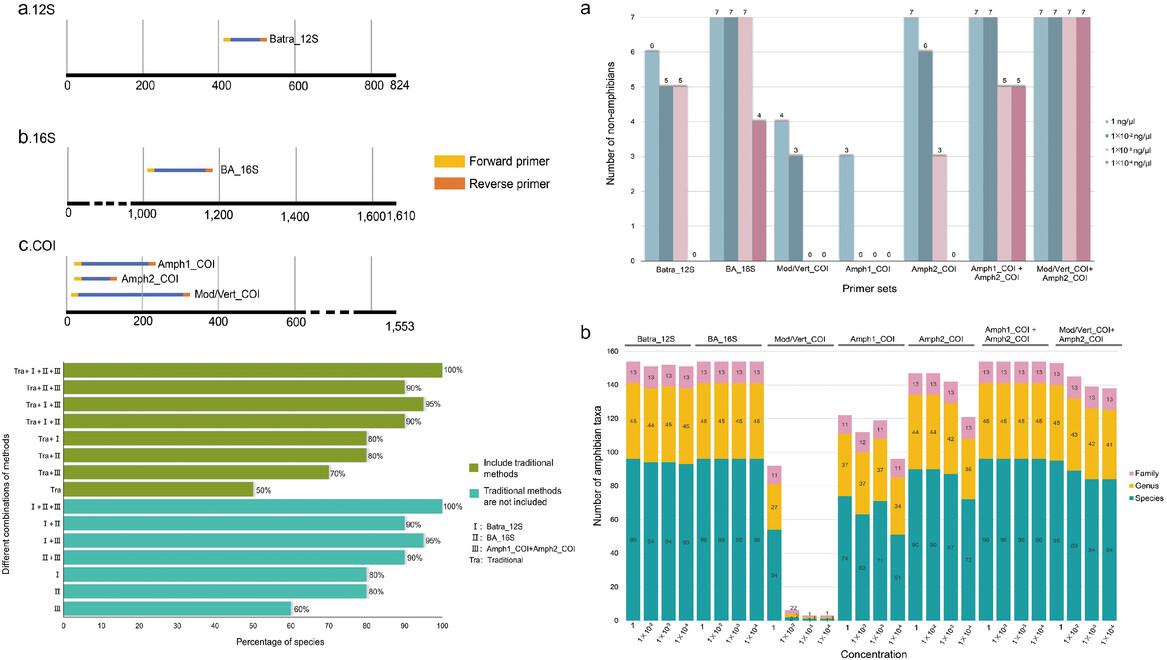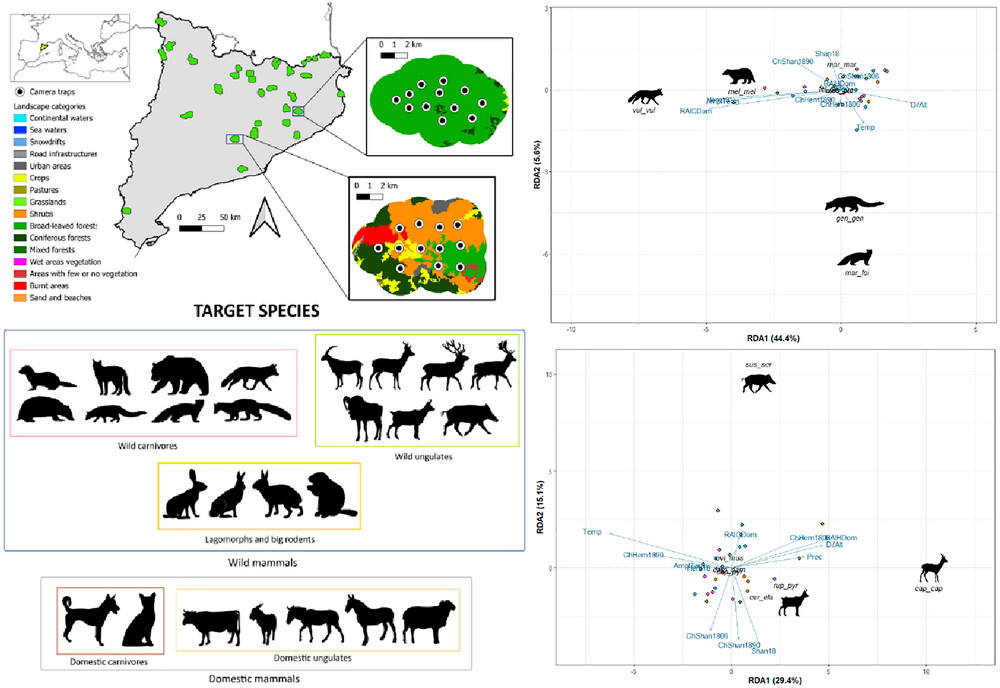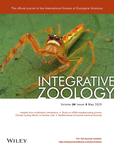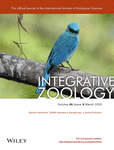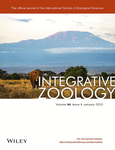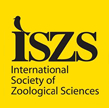Edited By: Zhibin Zhang
Integrative Zoology publishes interdisciplinary research encompassing all areas of the study of animal life and zoological phenomena. We welcome papers that provide a variety of perspectives of zoological inquiry, both spatial and temporal, fields including ethics, teaching, paleontology, molecular biology, physiology, and ecology.
Why publish with us?
- A unique focus on zoology as an integrative discipline, reaching audiences from diverse fields.
- Integrative Zoology is widely indexed, ensuring your work will be discoverable globally.
- The official journal of the International Society of Zoological Sciences, a world leader in communication and collaboration.
- Hybrid publishing options allow you to select the option that works best for you.
Journal Metrics
- 7.7CiteScore
- 3.7Journal Impact Factor
Articles
Comparative Satellitomics in Arowanas (Telostei, Osteoglossiformes) Sheds Light on the Evolution of Ancient Satellite DNAs
- 17 July 2025
Graphical Abstract
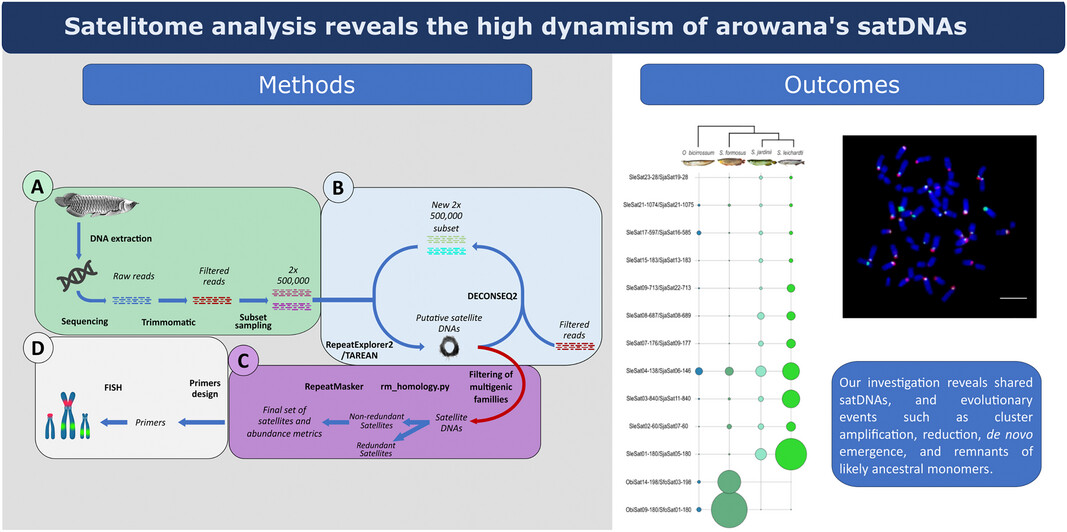
This work focused on arowana fishes (Teleostei, Osteoglossiformes) as a model; their widespread intercontinental distribution and basal phylogenetic position within Teleostei make them a compelling model for evolutionary research, especially in the realm of satDNA molecular evolution. Through the integration of genomic and chromosomal data, we analyzed and compared the catalogs of satDNA families (i.e., satellitomes) of four out of the six extant arowana species, elucidating ancestral evolutionary trends and establishing their temporal history.
Host Exploitation by Cuckoos in China: A Review and Real‐Time Tracking Program for Parasitism Records
- 17 July 2025
Graphical Abstract
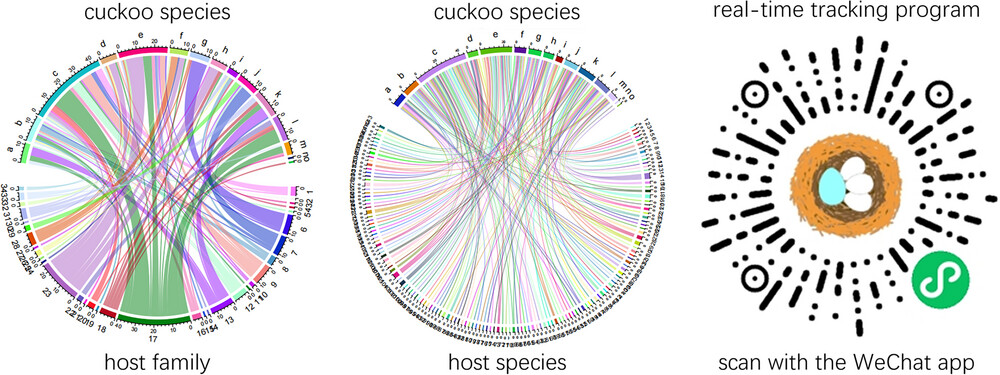
China is a global hotspot for cuckoo-host diversity, with 17 cuckoo species, exploiting 142 host species. We reveal adaptive matching in body size and egg traits, along with niche partitioning among cuckoos, while identifying eight new host species. A real-time tracking program was designed to engage citizen scientists in ongoing documentation of parasitism events, facilitating dynamic updates to host–parasite records.
Comparative Analysis of Heat Exposure‐Induced Molecular Changes in Two Turtle Species with Contrasting Thermal Adaptations
- 17 July 2025
Graphical Abstract
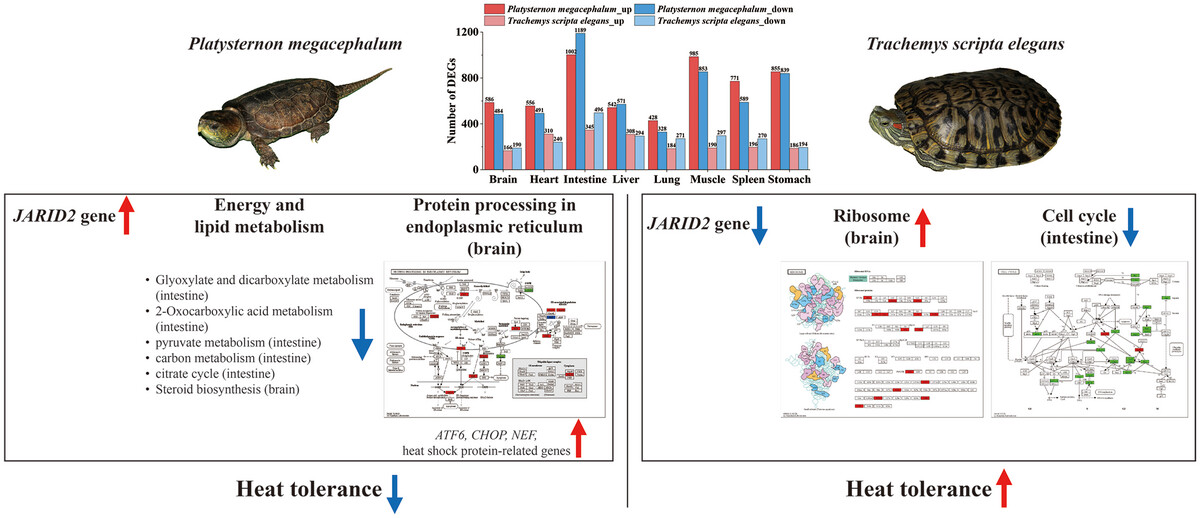
Protein processing in the endoplasmic reticulum is highlighted in response to heat stress in Platysternon megacephalum. Under heat stress, the up-regulation of genes such as CHOP in protein processing in the endoplasmic reticulum pathway, along with the suppression of energy and lipid metabolism and the up-regulation of JARID2 expression, leads to physiological dysfunction and reduces heat tolerance in P. megacephalum. In contrast, under heat stress, Trachemys scripta elegans enhances its heat tolerance by up-regulating ribosome pathway genes and down-regulating cell cycle pathway genes, as well as JARID2 expression.
Geological Substrate Is Related to Tooth Senescence and Population Dynamic: The Case Study of Alpine Chamois (Rupicapra rupicapra L.)
- 17 July 2025
Graphical Abstract
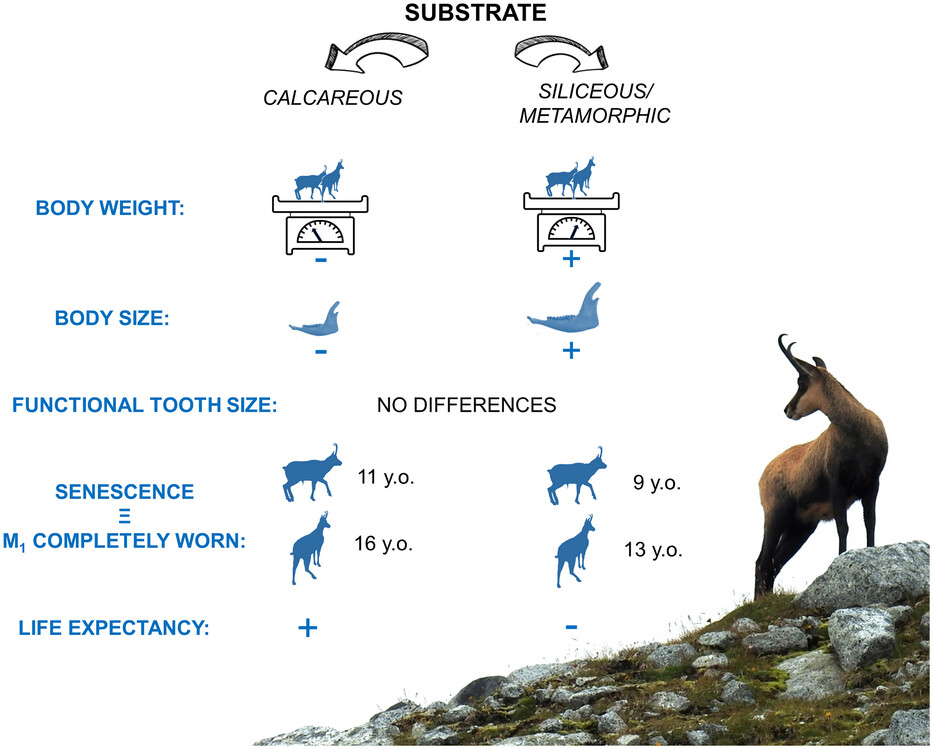
In Alpine chamois, the complete wear of the first molar coincides with the beginning of senescence and the progress of tooth wear on calcareous substrate is slower than the one on other substrates, increasing life expectancy. Thus, the first molar wear may actually be considered as an effective descriptor of senescence stage.
Friends or Foes? The Indispensable Role of Gut Microbiota in Plant–Fungus–Herbivore Interactions
- 17 July 2025
Graphical Abstract
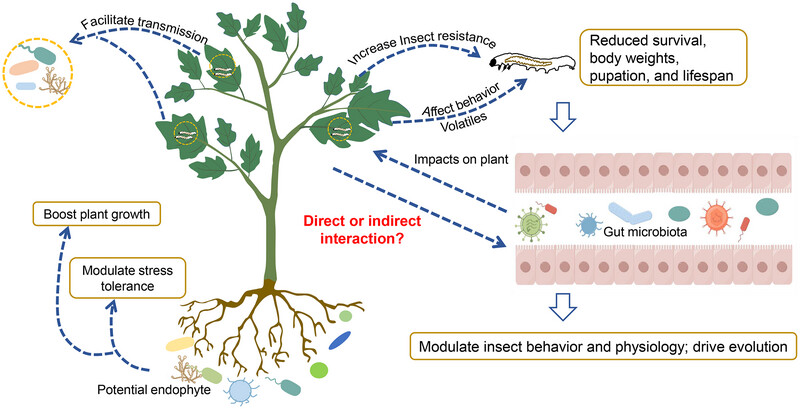
Plants interact complexly with herbivores and diverse microbial communities, both plant-associated and insect-associated. A recent study investigated how the endophytic fungus Trichoderma, colonizing tomato plants, affects the herbivore Spodoptera littoralis. The study revealed that Trichoderma-enhanced plant resistance significantly reduced larval performance by profoundly changing the insect's gut microbial community composition. This work demonstrates that the effects of plant fungal colonization on insect herbivores are critically mediated by the insect's gut microbiota, highlighting a key mechanism in plant–insect–microbe tripartite interactions with implications for sustainable pest management.



